Painter expresses love of Chinese art
Updated: 2016-10-28 05:18
By CHINA DAILY in Washington(China Daily USA)
|
|||||||||
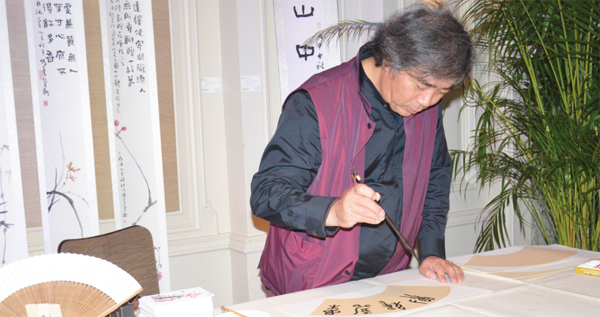 |
|
Song Wenjing, the director of the theory department at the Qingdao Academy of Painting, practices calligraphy on a fan on Oct 21 at a reception for his Washington calligraphy and painting exhibition Art of Heart in Pentagon City. More than 50 of his artworks were displayed during the three-day exhibition. YUAN YUAN / FOR CHINA DAILY |
A painting of a Chinese man enjoying a peach flower blossom, framed in a blue light, added to a dreamlike atmosphere in a hotel suite in Pentagon City.
The painting was one of some 50 artworks by award-winning artist Song Wenjing at his exhibition titled Art of Heart. Song expresses his deep love for Chinese art from the bottom of his heart after 40 years of study and creative work in Chinese calligraphy and painting.
As vice-chairman of the Qingdao Calligrapher Association and the director of the theory department at the Qingdao Academy of Painting, his artworks can be found in various attractions, including the Shaolin Temple, Confucius Culture Park, Yuhuang Peak of Mount Tai and Langyatai Island.
“I’m not particularly into painting techniques,” Song said. “Instead, I try to convey messages to the audience. Hopefully, for example, by looking at my painting of plum, orchid, bamboo and chrysanthemum, they have a sense of integrity and strength that we value in traditional Chinese culture.”
He believes in the power of his own work as a concise expression of traditional Chinese culture.
“Calligraphy itself is an abstract art form, and thus all the calligraphy works are open to the imaginations and interpretations of different audiences,” Song said.
With many overseas exhibitions on his resume, Song finally managed to put one up in the Washington area during his third visit to the states. This time, he had American glass and sculpture artist Eileen Borgeson to arrange his exhibition.
“The cold light and other arrangements you see here are all based on Eileen’s interpretation of my works,” Song said.
This kind of collision between Chinese and Western artists is one of Song’s major purposes of presenting his works overseas. And he is particularly interested in knowing how audiences without a Mandarin-language background would interpret his works and what questions they might have.
“America is the center of modern art, which is often rather abstract. They have been leading the abstract art for over half a century,” Song said. “But I still am confident in my Chinese version of abstract art using ink and rice paper.”
Despite being open to different understandings and comments, Song had certain expectations before entering his own exhibition.
“I assumed that they’d be generally curious about Chinese abstract art. Without even understanding the meaning, they might be attracted to the use of color and shape,” he said.
He also created a few calligraphy works using quotes from the Bible and Buddhist texts because he values love, faith and selflessness as a universal language shared by the religions.
“Even if they find themselves not interested in my works, that reaction means something to me,” he said.
Michael David, who worked in Japan as an engineer and studied Japanese characters, was surprised that Song’s characters were not as smooth as he normally sees in other Chinese calligraphy works, so he decided to ask Song about his real intent related to the rather sharp angles.
For David, learning kanji, Chinese characters in Japanese, is a way of learning an old form of China as well.
“I was looking at the characters, trying to draw the meaning of them and associating them with the pictures. Although I cannot pronounce Chinese, the meaning of the characters is similar to Japanese, so I can get the feelings and expressions of what the artist is trying to convey,” David said. “I like both (Chinese and Japanese) cultures quite a bit.”
Qingdao, in East China’s Shandong province, the city where Song lives, is geographically close to Japan and Korea, which led to his first experience of cultural exchange and exhibitions with the two countries.
“When you look at Japanese artists, Takashi Murakami, Yayoi Kusama, Yohji Yamamoto and such, they are all with international perspectives,” Song explained. “They kind of inspired me to jump out of Qingdao or even China and expose myself to the international audiences.”
For more than 10 years, Song has traveled over four continents carrying a responsibility of presenting Chinese culture and a humility to learn from artists of other countries.
“I, as a lot of others, am proud of our 5,000 years’ history. But that doesn’t mean we should stand still refusing to make progress. By traveling overseas, I was able to bring them ideas from our culture and also incorporate new concepts from other countries in my works,” he said. “I might try using oil instead of ink to practice calligraphy some day.”
Song plans to visit South Africa or Brazil next year.
“With China’s rise on the international stage and the output of Chinese-character culture, more people get to know about and become interested in China nowadays,” Song said. “I see a need of us helping them learn and understand China, and I’m generally optimistic about the universal value and beauty of Chinese culture.”
An ancient Chinese poem recalls: A bird singing on top of the branch is always awaiting a response from a friend, he wrote on the brochure of his Washington exhibition.
“My brush is my voice – it conveys my genuine wish to inspire your echoes.”
Yuan Yuan in Washington contributed to this story.
- France to begin moving migrant minors from Calais
- China-Japan ties growing but unstable: Premier
- Analysts to watch Alibaba's cloud computing, mobile results
- UN Security Council hails election of new president in Lebanon
- Regular China-South Asia freight train launched
- Police swoop on Paris migrant camp after Calais Jungle clearout
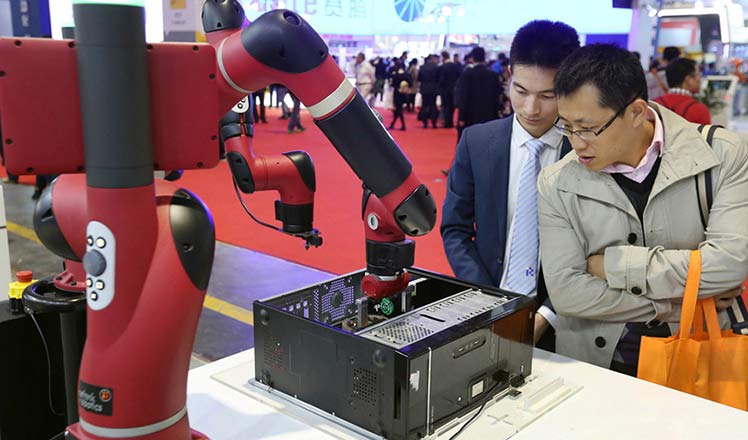
 Robots draw people to China International Industry Fair
Robots draw people to China International Industry Fair
 German international Miroslav Klose retires
German international Miroslav Klose retires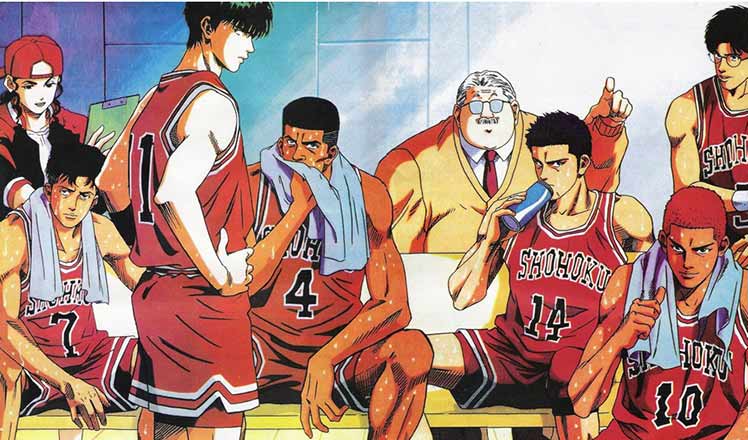
 Top 10 most influential Japanese cartoons in China
Top 10 most influential Japanese cartoons in China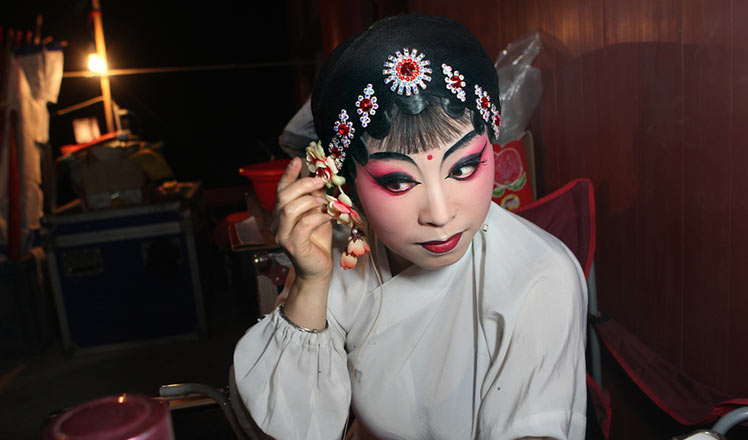
 Opera performer who takes her shows to villages
Opera performer who takes her shows to villages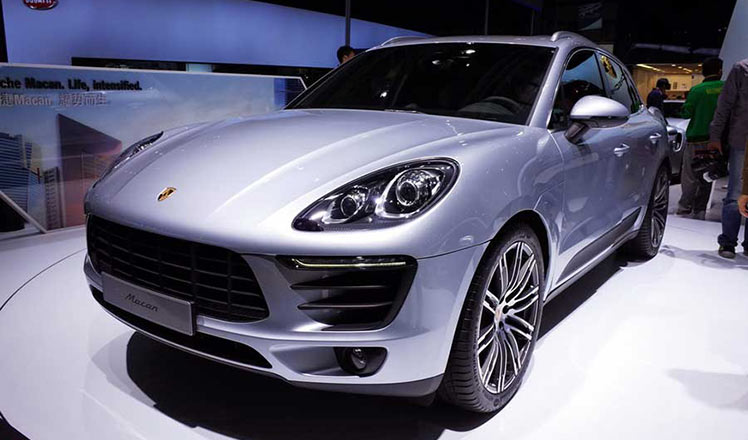
 13 most appealing cars in China in 2016
13 most appealing cars in China in 2016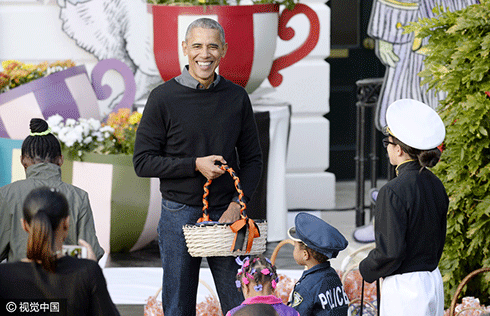
 Obamas host White House Halloween for children
Obamas host White House Halloween for children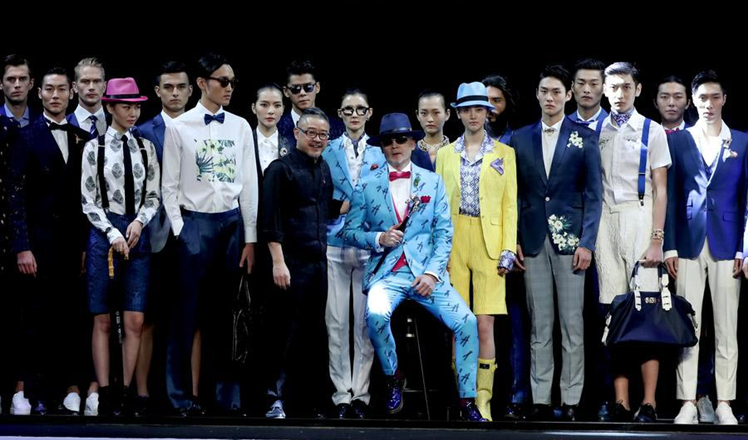
 China Fashion Week: Liu Yong Exclusive
China Fashion Week: Liu Yong Exclusive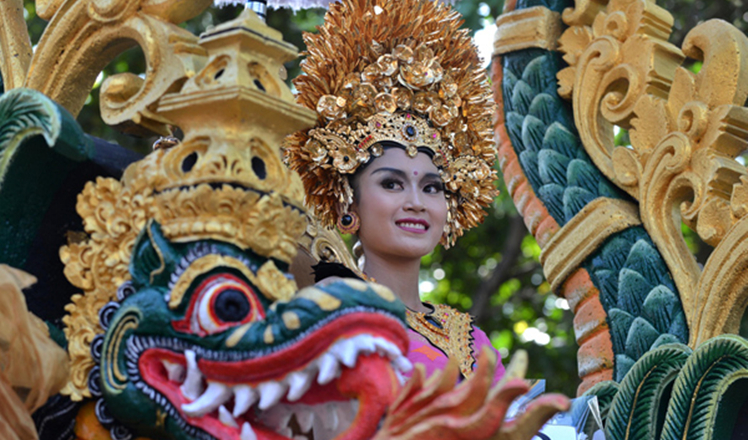
 Top 5 collaborating countries in Belt and Road Initiatives
Top 5 collaborating countries in Belt and Road Initiatives
Most Viewed
Editor's Picks

|

|

|

|

|

|
Today's Top News
US election rhetoric unlikely to foreshadow future US-China relations
'Zero Hunger Run' held in Rome
Trump outlines anti-terror plan, proposing extreme vetting for immigrants
Phelps puts spotlight on cupping
US launches airstrikes against IS targets in Libya's Sirte
Ministry slams US-Korean THAAD deployment
Two police officers shot at protest in Dallas
Abe's blame game reveals his policies failing to get results
US Weekly

|

|









